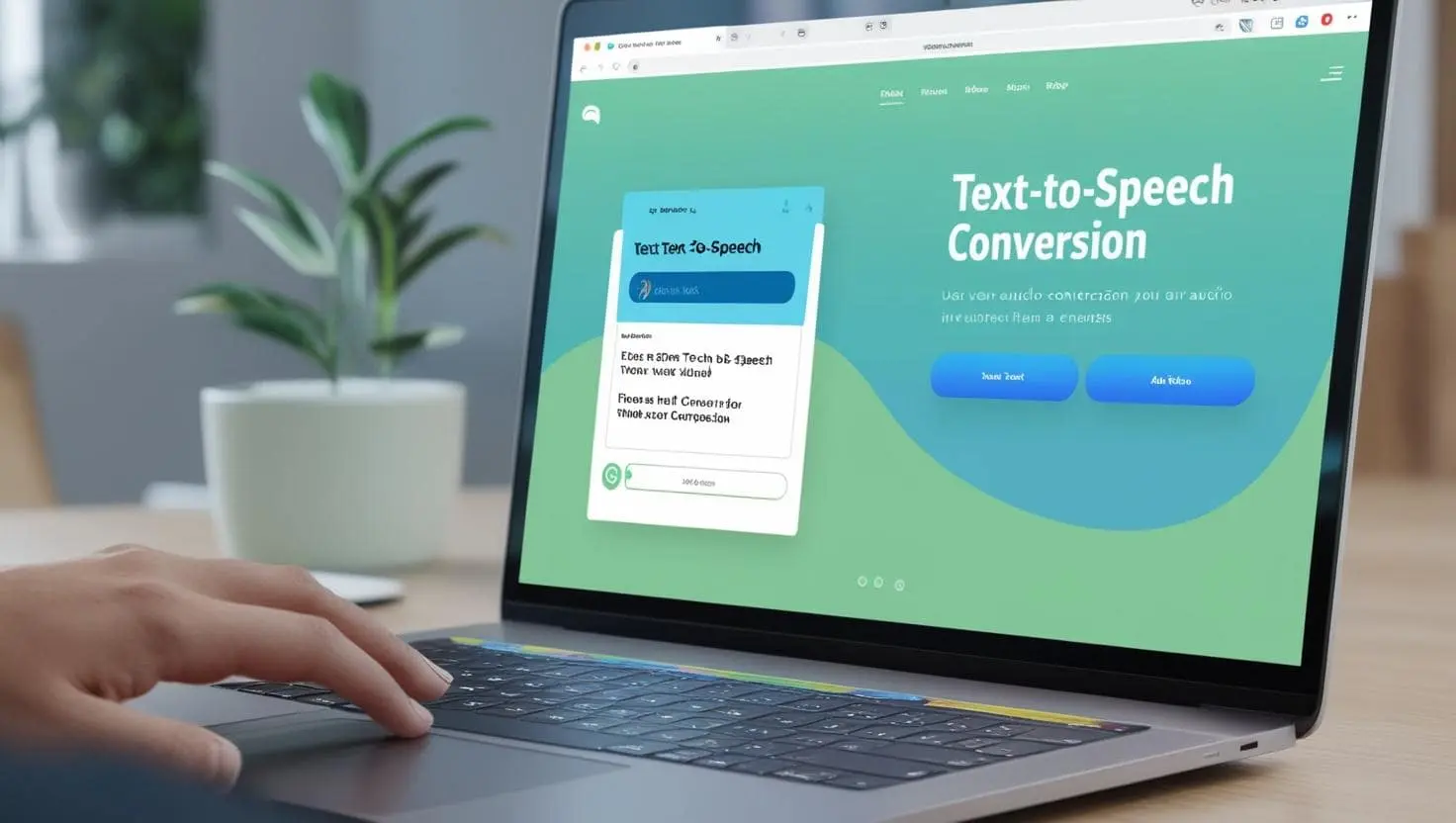Tools to prevent cyberloafing: The challenge of maintaining employee productivity is always a concern for employers. Cyberloafing, the act of employees engaging in non-work-related activities online during working hours, threatens organizational efficiency. To address this issue, businesses are turning to innovative tools to create a productive work environment. This article explores critical strategies and tools designed to overcome the impact of cyberloafing on workplace productivity.
What is cyberloafing?
Cyberloafing includes activities like:
- Excessive social media use
- Online shopping
- Streaming videos
- Browsing news websites
All these activities contribute to a decline in work productivity. Recognizing the signs of cyberloafing is the first step in addressing this issue. Common indicators include decreased task completion and frequent breaks. It can lead to a decline in work quality and organizational bottom line.
Tools to prevent cyberloafing
Here are various tools your organization can consider to reduce cyberloafing.
1. Web filters
Web filters prevent cyberloafing by restricting access to non-work-related websites. These filters enable employers to monitor internet usage during work hours. They can block access to social media platforms and other distracting websites. Implementing web filters helps organizations create a focused digital environment. It can reduce the temptation for employees to engage in non-productive online activities.
Customizable web filters allow businesses to customize restrictions to their specific needs. It provides flexibility while maintaining a balance between productivity and employee autonomy. It’s essential to communicate clearly with employees about the purpose of web filters and emphasize their role in maintaining a focused work environment.
2. Employee monitoring software
Employee monitoring software is a comprehensive solution. It goes beyond web filters to offer organizations a detailed view of employee activities during work hours. The software enables employers to track computer usage and even capture screenshots to gain insights into employees’ work habits. While it may sound intrusive, the goal is to facilitate transparency and encourage accountability.
When implementing employee monitoring software, it is essential to balance monitoring and privacy. Communicate to employees the tool is to enhance productivity and not invade privacy. Highlighting the positive aspects can help employees understand the value of the monitoring software.
3. Establish clear internet usage policies
These policies define acceptable online behavior during work hours and outline consequences for policy violations. Setting clear expectations will help you create a framework that prevents cyberloafing while promoting a professional work environment.
Communicate internet usage policies to all employees and periodically review them to ensure relevance. Encourage employees to provide feedback on the guidelines to create a sense of inclusivity.
4. Provide training and awareness programs
Conducting training sessions and awareness programs can help employees understand the impact of cyberloafing on productivity. These programs can cover topics like time management and the importance of focus during work hours.
Investing in employee education will help organizations allow their employees to make informed decisions about their online behavior. Training programs can also introduce employees to the tools implemented to prevent cyberloafing.
5. Create a positive work culture
A workplace that values collaboration and promotes a healthy work-life balance is less likely to see instances of cyberloafing. Encourage open talks and offer support for professional development. It will create a positive atmosphere that motivates employees to stay engaged during work hours.
6. Encourage regular breaks
Short breaks allow employees to recharge. It reduces the temptation to engage in non-work-related online activities out of boredom. Implementing a flexible break policy promotes a healthy work environment and prevents burnout.
Bottom line
Preventing cyberloafing requires combining technology tools, transparent policies, education, and a positive work culture. Web filters and employee monitoring software are crucial in restricting non-work-related content. They also provide visibility into employee activities. When implemented thoughtfully, these tools can create a focused workplace. It will ensure employees can maximize their potential and contribute to organizational success.
 free html design Free html design templates
free html design Free html design templates





